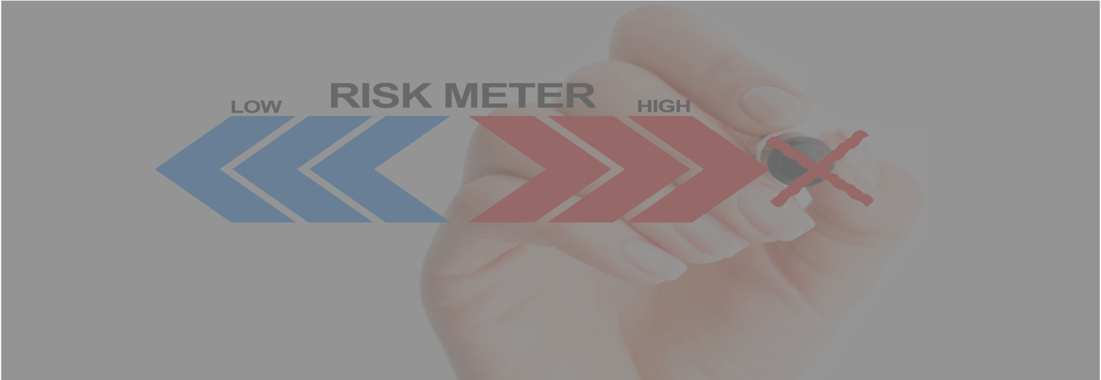Whether it’s in the business world or our personal lives, virtually every endeavor involves some sort of risk. We all want to eliminate risks at work and at home, but because having zero risk is impossible we all work to reduce risk as much as possible. This raises a few questions though. When it comes to work process reliability, what is the best way to do this? What’s it going to cost us in time, effort, and resources?
The answers all depend on your goals and how those goals are affected when things break down. Taking a calculus class? Your goal might be getting an A in the class (or maybe it's just to pass). Running a taco stand? You want to sell tacos, make your customers happy so they come back and bring their friends and keep your employees safe and healthy. So, the questions in these cases become how high of a grade do I need on the final and how many orders do we have to get right? These can be quantified by a reliability percentage, but what do such numbers really mean?
For the average person, having a 90 percent reliability might sound pretty good. This depends on what’s at stake though. Getting 90 percent of the questions on a calculus final right would be pretty good. But only getting 90 percent of orders correct might brand a taco stand as unreliable. In that case, 99 percent (i.e., only getting one order wrong for every 100 orders) sounds pretty good. But that sense of reliability may not hold up if you sell 1,000 tacos a day, and it definitely doesn’t work when the stakes are higher than not holding the onion.
Some arenas, such as airlines and hospitals, have both high volumes and high stakes. For them, 99 percent isn’t good enough. On an average day, a large hospital may dispense 5,000 doses of medication. At a children’s hospital, almost all of those will have to be customized to account for the patient’s weight. A 99 percent reliability would mean 50 errors per day. At 99.9 percent, there would still be an average of 5 incorrect doses each day. Even a 99.999 percent reliability rating is almost two mistakes per month. Considering these numbers and the stakes involved, it makes sense that a hospital would devote considerable time, effort, and resources to making their medication dispensing process as close to error free as possible. This is done by carefully analyzing every step of the process, thoroughly training and re-training people using the process, and thoroughly studying every incident and near miss to find ways to make things even more reliable. This sort of effort makes sense when dispensing medication or getting hundreds of thousands of passengers across the country safely every day.
This is done by carefully analyzing every step of the process, thoroughly training and re-training people using the process, and thoroughly studying every incident and near miss to find ways to make things even more reliable. This sort of effort makes sense when dispensing medication or getting hundreds of thousands of passengers across the country safely every day.
Every situation can benefit from improved reliability, but there is no one-size-fits-all way to do it. The number and complexity of tasks, the goals of the business, and what’s at stake when things go awry are all questions that need to be answered to decide how much reliability is enough and how much risk is acceptable. These same answers are also helpful for analyzing incidents or near misses to make processes safer and more reliable. We can’t eliminate risk, but we can build reliable processes by keeping goals and the consequences of missing those goals in mind.











